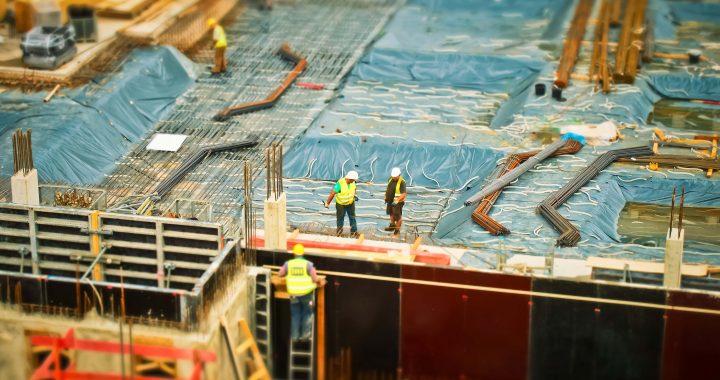A specification is the document that describes, in words, what cannot be visualized or explained on a drawing or in a model. This is not only applicable to construction; the same principles can be applied to all industries, from the aerospace, oil and gas and automobile industries to manufacturing.
In construction, the specification can cover everything from the establishment of the site, the type of contract to be used, the performance criteria of the asset, the quality of the systems and products, which standards are applicable and how they should be executed, to even the products which are to be used. The type of specification can relate to the project or the procurement route, whether it is performance-based, prescriptive or proprietary, all of which are dependent on the project requirements.
Print and Specifications Reading for Construction
Specifications are required during the design stage, are part of the contract documentation, and play a key role in project fulfillment.
Specifications often used to be one of the last items written before a package was issued for tender, but this has changed over time, and especially with the advent of building information modelling (BIM).
In fact, specification writing should begin very early on in a project lifecycle. Early stage specifications can be seen as part of the review with the client about what they are looking to achieve on the project. This early stage work also provides an understanding of the performance requirements of the project, so that when discussions develop on complexes, entities, space, locations, elements, systems and products, these form part of the build-up of a specification. The information incorporated in the client’s EIR (Employer’s Information Requirements) then all contributes to the build-up of the project specification.
Construction Specifications Writing: Principles and Procedures
In essence, specifications are about data communication, and the exchange of information between the client, the designer and the contractor. As the data requirements on projects become more complex and we strive for more collaboration, it is crucial that everyone has the same basis of project requirements, and this makes specifications as essential now as they have ever been.
15 reasons why specification is crucial to construction
Let’s look at the main reasons why the specification is so important to the construction process:
- It provides clear instructions on the intent, performance and construction of the project.
- It can reference the quality and standards which should be applied.
- Materials and manufacturers’ products can be clearly defined.
- The requirements for installation, testing and handover can be identified.
- Classification in the specification can be used to support handover and running of the asset.
- The drawing or model does not need to be overloaded with detailed information, which can sometimes be difficult to identify.
- It can be used to support the costing of a project: not only the materials and products but also the performance and workmanship
- The specification forms part of the contractual documents, along with the drawings, and therefore can help minimise project risk and provide support should there be any legal disputes.
- It supports the interpretation of the client brief and gives the client assurance that the asset which they commissioned is being delivered.
- It is not only essential for the construction phase but also used as part of the soft landing process, subsequent asset management and the lifecycle plan.
- By being clear and concise and containing all the information, it saves the project team, the client and the contractor time and money by providing answers to many of the on-site construction questions.
- There is the option for the design team to build a suite of office masters, which would improve efficiency, provide quality assurance and project consistency.
- Office masters can save the team time and money by being developed over a period of time and then being adapted to suit the project specifics, therefore drawing on specialist knowledge when needed.
- The specification should be used by all the project team throughout the construction phase; it should be a living document and not stop being used at the design phase.
- The specification and any variations or value engineering can also be used for the project audit trail and should form part of the handover documents. It will then form the basis for the running of the asset by the asset management team
Source: https://www.thenbs.com/knowledge/15-reasons-why-specifications-are-still-important
